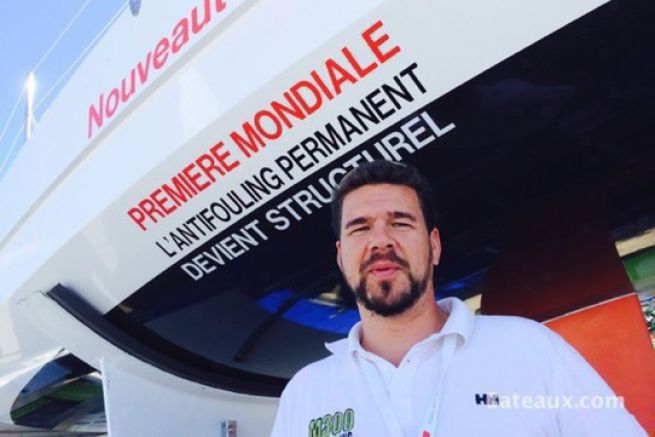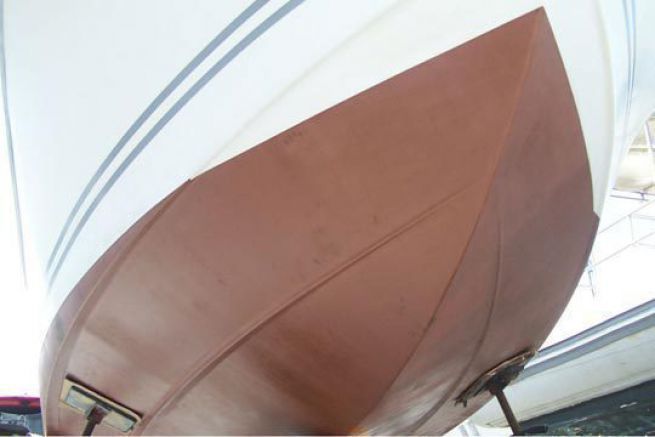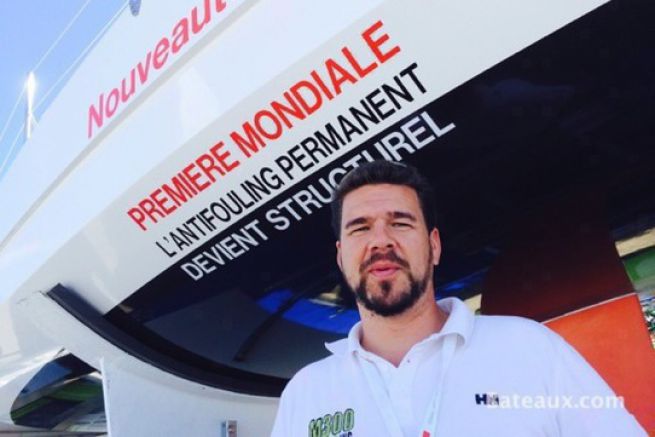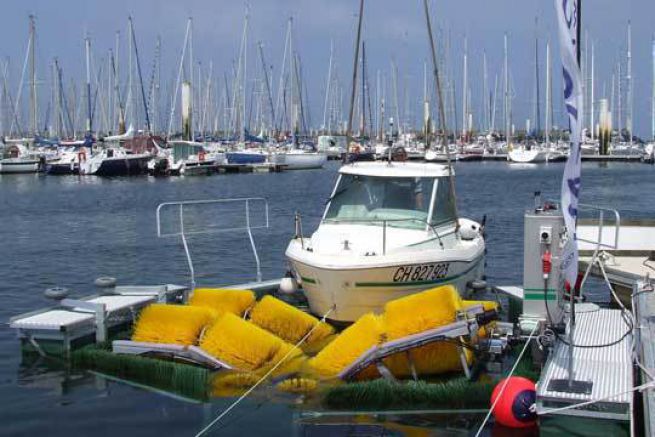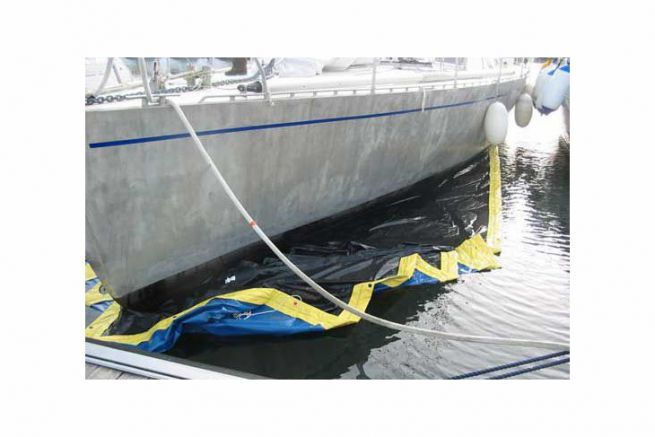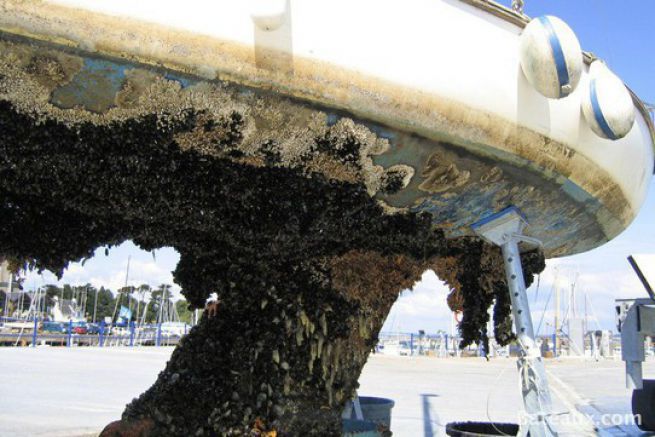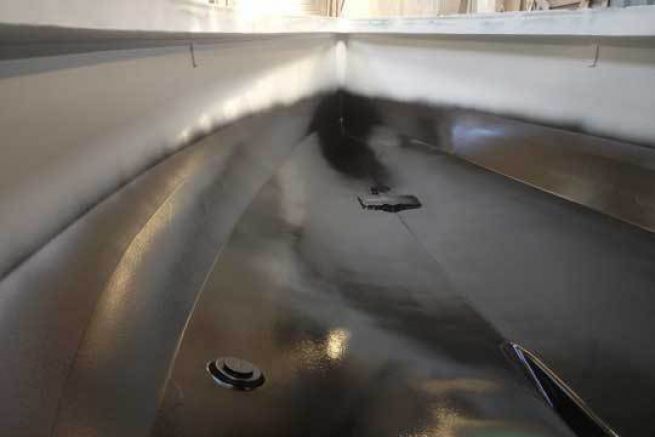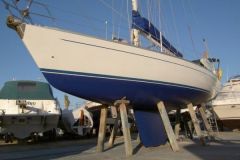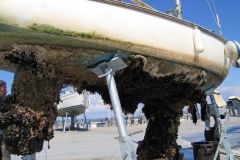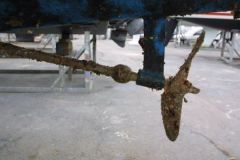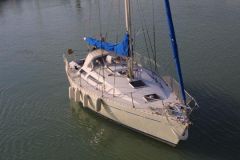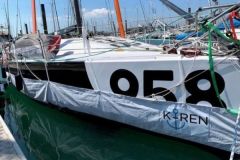A recipe for success for M300 antifouling
M300 antifouling is the story of a French company specializing in coatings treatment and surface metallization. In the beginning, Meto & Co metallized furniture and interior decoration accessories for hospitals, using copper, a natural material and recognized antibacterial agent. Unfortunately, in contact with air or water, the material oxidizes and turns green, giving it a dirty appearance. " It's hard to believe that, despite the greenish color, this was undoubtedly the cleanest place in the hospital "says Thomas Drean, in charge of developing the concept.
Under the impetus of one of the SME's shareholders, a navigator by the way, they decided to extend the process to the world of boating, and came up with M300 antifouling. This material offers numerous advantages: effectiveness, longevity, ease of use and a pronounced ecological impact thanks to copper, a material which is not harmful to users, the environment or underwater micro-organisms.
This pot antifouling has met with great success, and is used in numerous shipyards (Uchimata in La Rochelle, Monaco Marine in the Mediterranean...), referenced by numerous distributors (Uship, Bionautique) or even requested by ecological associations or sportsmen (Echo Mer, Daniel Pepponet).
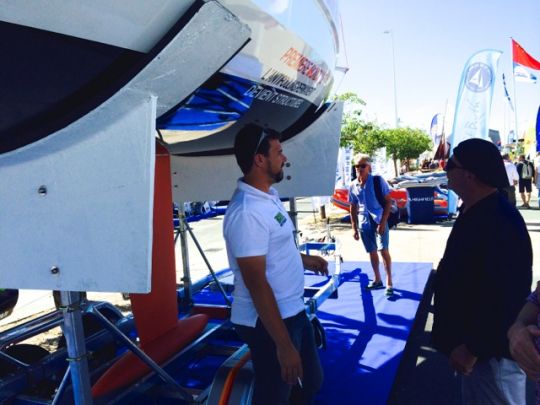
When M300 antifouling becomes conceptual
In light of the success of M300 permanent antifouling, Méto & Co decided to take its research a step further and propose a structural antifouling they also decided to use black copper to prevent it from turning green. After carrying out numerous lamination tests, they decided to approach construction sites to propose their novelty.
" It wasn't easy to win over a construction site, but we succeeded and the result is beyond our expectations "says Thomas Drean. The Prepa Nautic / Fernand Hervé shipyard, in association with architect Étienne Bertrand, designer and prototype builder in the Mini class, answered the call. " Étienne designed a new generation of Mini, represented by the Ofcet 650, built by the Prepa Nautic/Fernand Hervé yard, the first boat to come out of the mold with M300 permanent antifouling integrated directly into the design."
The main advantage of M300 structural antifouling is its longevity. Thanks to the direct integration of the product, it is no longer necessary to renew every year. " This new process provides peace of mind for at least five years. "On the other hand, it saves handling time, as there's no longer any need to take the boat out of the water to clean it and then apply the two coats of antifouling. " Since neither the epoxy nor the traditional antifouling coats are used, the hull remains super-smooth, not weighed down. "Ideal, no doubt, for racers looking for perfect glide and a clean boat for sponsors. After five years? " Simply reload the hull every five years to benefit from new protection. "
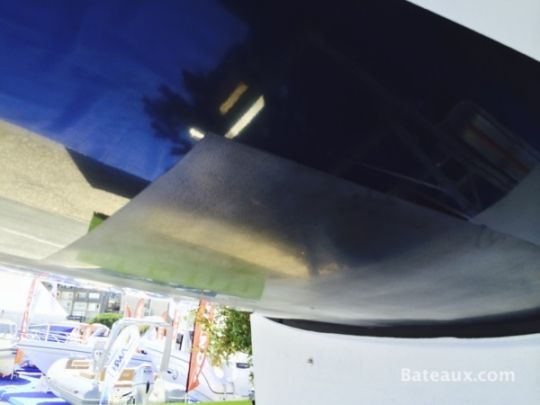
Today, the company has filed two international patents, one for the manufacture of black copper and one for the product's application process.
At the Grand Pavois, on the radio pontoon, rumor has it that shipyards in south Finistère are also interested in testing this new structural antifouling.
